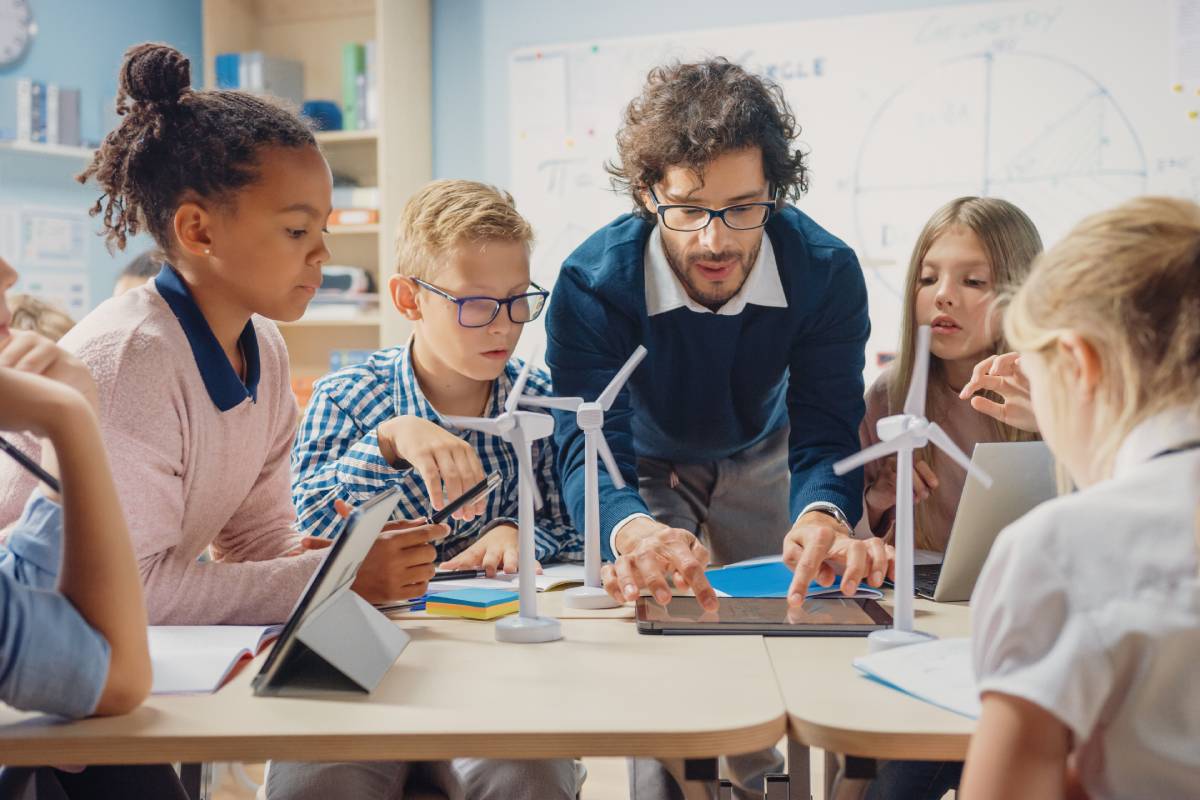Social and emotional learning (SEL) is a vital area of education that is often neglected. Yet, when tackled positively, it can have an enormous impact on children.
Resilience is a term used more and more as the challenges and obstacles our young people face grow. It involves being able to adapt when encountering difficulties, make adjustments and take a flexible approach.
Resilience is crucial for breaking down barriers to learning and developing the ability not to give up when learning gets hard. It is also a critical life skill.
Schools often rely on a mix of strategies to incorporate SEL into their timetables, and many find it ineffective. Focusing on building resilience can make a significant difference to pupils’ well-being and their outcomes.
Here we look at ways to use SEL to build resilience in pupils.
How to Build Resilience in pupils
Look out for new ideas
It is tempting to rehash the same set of plans that have been in place for years, but pupils are far more likely to engage with SEL if you take a fresh approach.
School leaders may choose assemblies, motivational speakers, events organised by colleagues or external support. Of course, this will depend on the budget available.
One place that offers workshops, tools and online resources for schools is Positively You.
Be practical
As with any subject, SEL is always likely to impact pupils more if they are practically engaged.
If your aim is for pupils to become more resilient and confident, then look at ways to provide them with practical techniques they can apply daily.
SEL can be seen as a pathway to personal development, providing pupils with the strategies required to navigate the challenges they may face in education and outside school.
Workshops, where pupils get the opportunity to try out different techniques, are ideal environments for growth.
Your school culture
The challenges pupils will face in schools based in different areas are vastly individual.
As a teacher or school leader, it makes sense to accommodate the unique trials that apply to your whole school community when considering how to implement SEL for resilience.
Making education personal is not only more effective, but it will be more relevant to pupils and, therefore, more likely to engage them.
Part of the development process in SEL may be to consult and listen to your pupils and show an understanding of their needs. In secondary education, consultation is a particularly effective way of including and recognising students.
Whole school versus targeted approach
EEF looked at the outcomes of whole school and targeted approaches to SEL. They found that learning was more effective when specialised teaching was focused on small groups of children with particular social and emotional needs.
However, their findings also stressed that both approaches were necessary.
Professional development for teachers
Leaders cannot expect their teachers to be experts in supporting SEL. Continuous professional development should include time for focusing on building resilience in pupils.
Look out for local training opportunities or online resources such as those available at Positively You.



